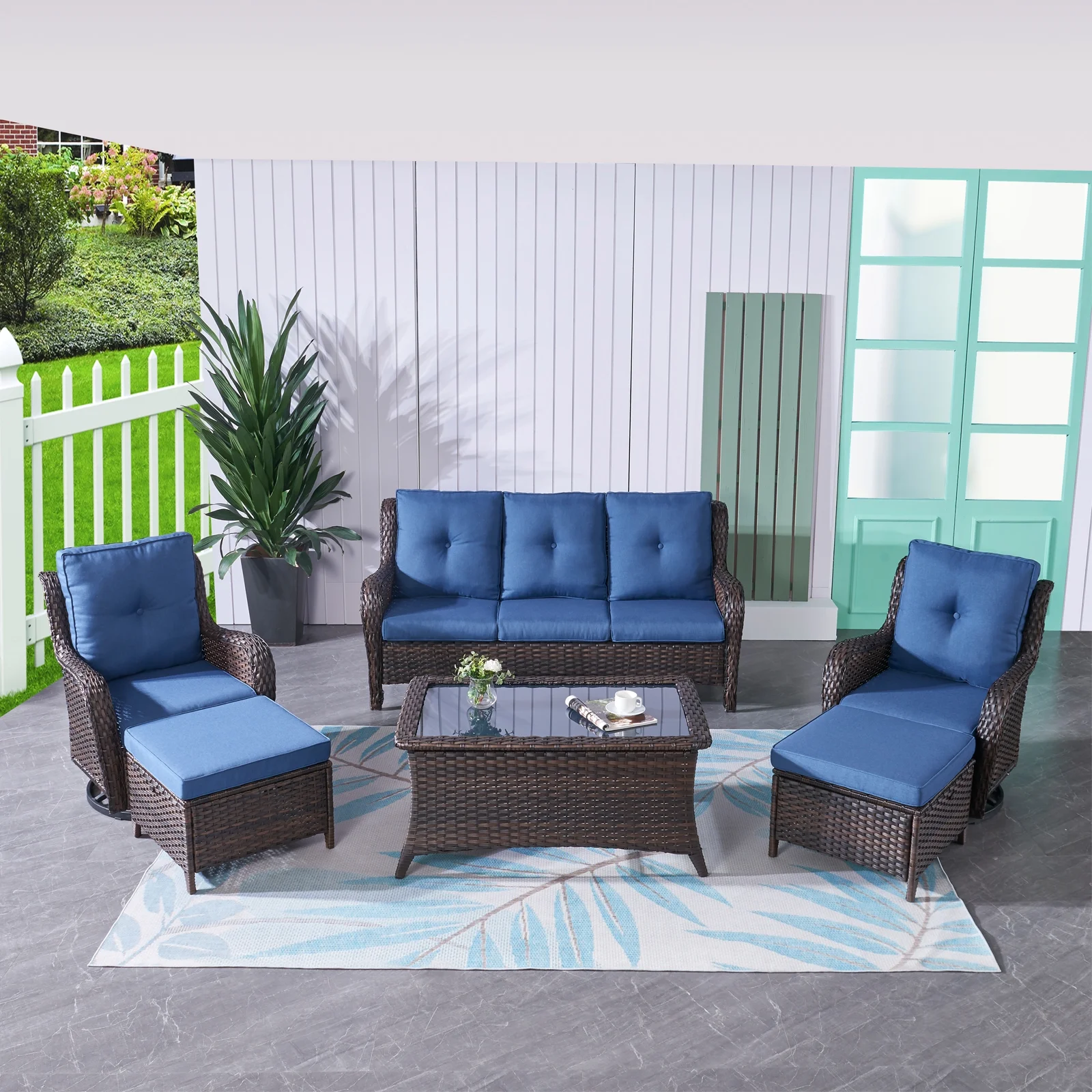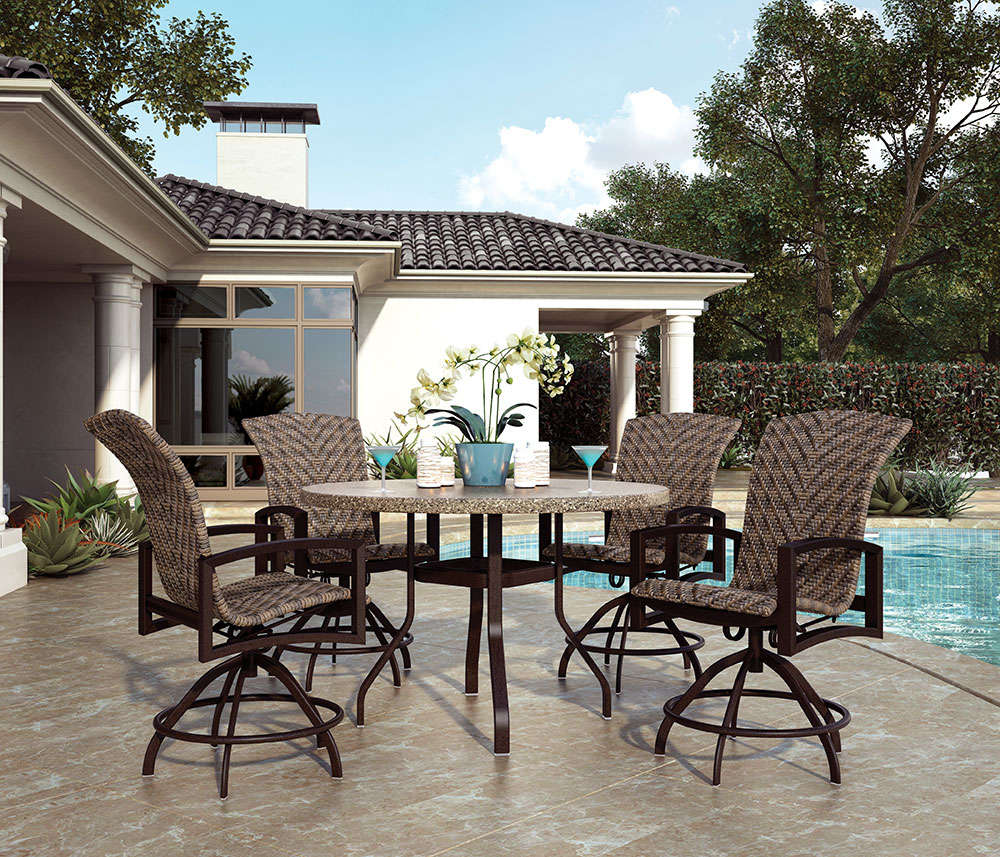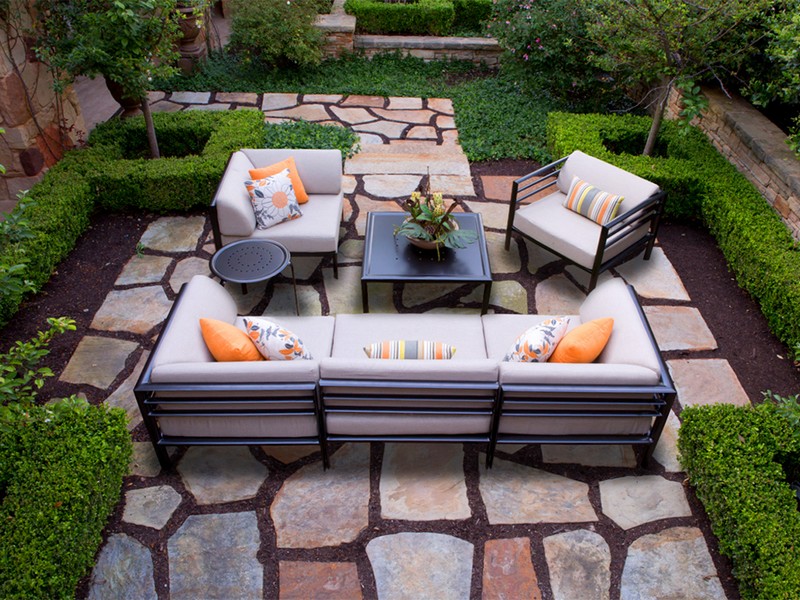Furniture is not only a necessity for home life, but also an important embodiment of home aesthetics and quality of life. In the global furniture market, furniture manufacturers in various countries are constantly competing with their unique design styles and exquisite craftsmanship.
However, which country produces the best quality furniture? This article will explore the history, craftsmanship, materials, design styles and market influence of several major furniture producing countries to help readers better understand this issue.

Italy: The perfect combination of design and craftsmanship
Italian furniture is famous worldwide for its excellent design and exquisite craftsmanship. Italy has a long history of furniture manufacturing, and many brands such as Cassina, B&B Italia and Poltrona Frau are internationally renowned high-end furniture manufacturers.
Italian design style:
Italian furniture design focuses on the combination of simplicity and luxury, with smooth lines and exquisite details. Designers are good at using high-quality materials and innovative craftsmanship to create furniture that is both practical and beautiful.
Italy's modern furniture design is deeply influenced by the Bauhaus style, focusing on the unity of functionality and aesthetics, and also incorporating strong Italian cultural elements.
Italian craftsmanship and materials:
Italian furniture manufacturers strictly select the highest quality materials, such as top-grade wood, genuine leather and metal, and use a combination of traditional craftsmanship and modern technology to ensure the quality of each piece of furniture.
Many Italian brands insist on hand-made, which not only guarantees the uniqueness and high quality of the furniture, but also inherits the traditional craftsmanship of Italy.
Italian market influence:
Italian furniture occupies an important position in the global market, especially in the high-end market. Many luxury hotels, top restaurants and private residences choose Italian furniture to show their nobility and taste.
Germany: Synonymous with precision and durability
German-made furniture is known for its excellent quality and durability. German furniture brands such as Hülsta, Rolf Benz and Thonet are all famous for their precise craftsmanship and modern design style.
German design style:
German furniture design style is simple and practical, emphasizing functionality and ergonomics. Designers pay attention to detail processing and the practicality of products, and pursue simple but not simple aesthetics.
Modern German furniture design is influenced by the Bauhaus movement, emphasizing the design concept of form following function, while also paying attention to environmental protection and sustainable development.
German craftsmanship and materials:
German furniture manufacturers are famous for their high-precision production processes and strict quality control. Whether it is mass production or custom furniture, German craftsmen can ensure the high quality and consistency of products.
In terms of materials, German furniture manufacturers focus on selecting environmentally friendly and sustainable materials, such as certified wood, non-toxic paint and recyclable metal.
German market influence:
German furniture has a high degree of recognition in the global market, especially in the market that focuses on quality and durability. Many consumers and companies choose German furniture for long-term use value and reliability.

Denmark: Simple and natural Nordic style
Denmark is the representative of Nordic furniture design, and its furniture is known for its simplicity, naturalness and strong functionality. Danish furniture brands such as IKEA (although it operates globally, its design concept originates from Nordic), BoConcept and Carl Hansen & Søn are deeply loved by consumers around the world.
Danish design style:
Danish furniture design focuses on simplicity, practicality and nature, and often uses fresh, bright colors and simple lines to create a comfortable and harmonious home atmosphere.
The Nordic style emphasizes the harmonious coexistence of man and nature. Natural materials and environmental protection concepts are often incorporated into the design to create furniture that is both beautiful and comfortable.
Danish craftsmanship and materials:
Danish furniture manufacturers focus on the combination of traditional craftsmanship and modern technology to ensure the high quality and durability of each piece of furniture. Craftsmen carefully polish every detail and strive for perfection.
In terms of material selection, Danish furniture prefers natural and environmentally friendly materials such as solid wood, wool and linen. These materials are not only beautiful and durable, but also in line with the concept of sustainable development.
Danish market influence:
Danish furniture is very popular in the global market, especially among the younger generation of consumers and groups that pay attention to environmental protection. The simplicity and nature of the Nordic style meet the pursuit of comfort and beauty of modern urbanites.

China: The fusion of tradition and modernity
China's furniture manufacturing industry has developed rapidly in recent years. With its rich resources and rapid industrialization process, it has become an important furniture production and exporter in the world. Brands such as Red Star Macalline, Quanyou Furniture and Hanse furniture are gradually emerging in the international market.
Chinese design style:
Chinese furniture design combines traditional and modern elements. Traditional Chinese furniture is known for its exquisite carvings and simple style, while modern Chinese furniture focuses on simplicity, practicality and a combination of modern aesthetics.
Many Chinese furniture designers try to incorporate traditional Chinese cultural elements into modern design to create unique furniture works.
Chinese craftsmanship and materials:
Chinese furniture manufacturers continue to innovate in craftsmanship, combining traditional craftsmanship with modern production technology to ensure the high quality and diversity of furniture.
In terms of materials, Chinese furniture manufacturers use the rich local wood resources, such as mahogany, huanghuali and red sandalwood, to create high-quality furniture products.
Chinese market influence:
Chinese furniture has an increasing influence in the global market, especially in the mid-to-high-end market. With the continuous upgrading of China's manufacturing industry and the enhancement of brand awareness, more and more Chinese furniture brands are stepping onto the international stage and have won wide recognition.

